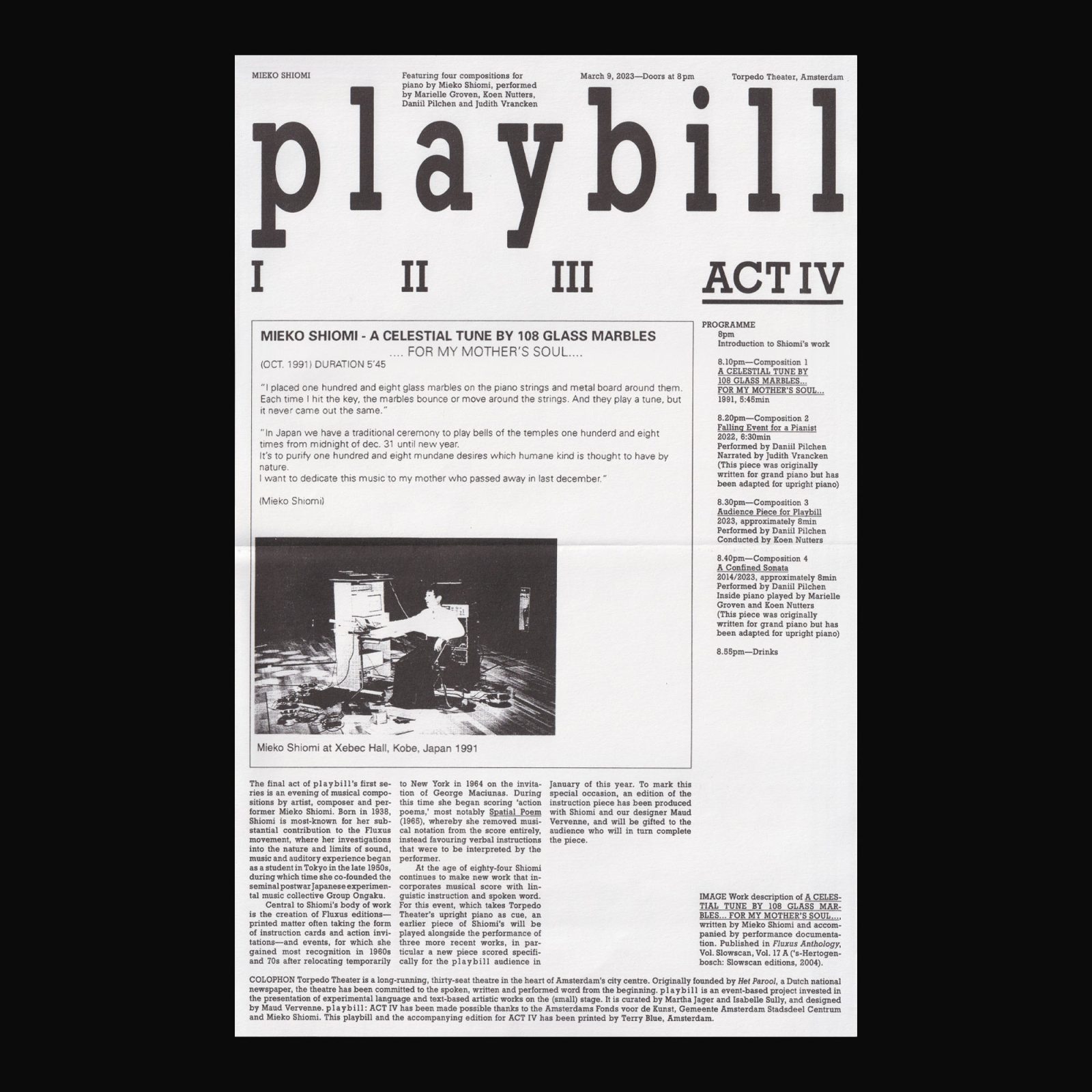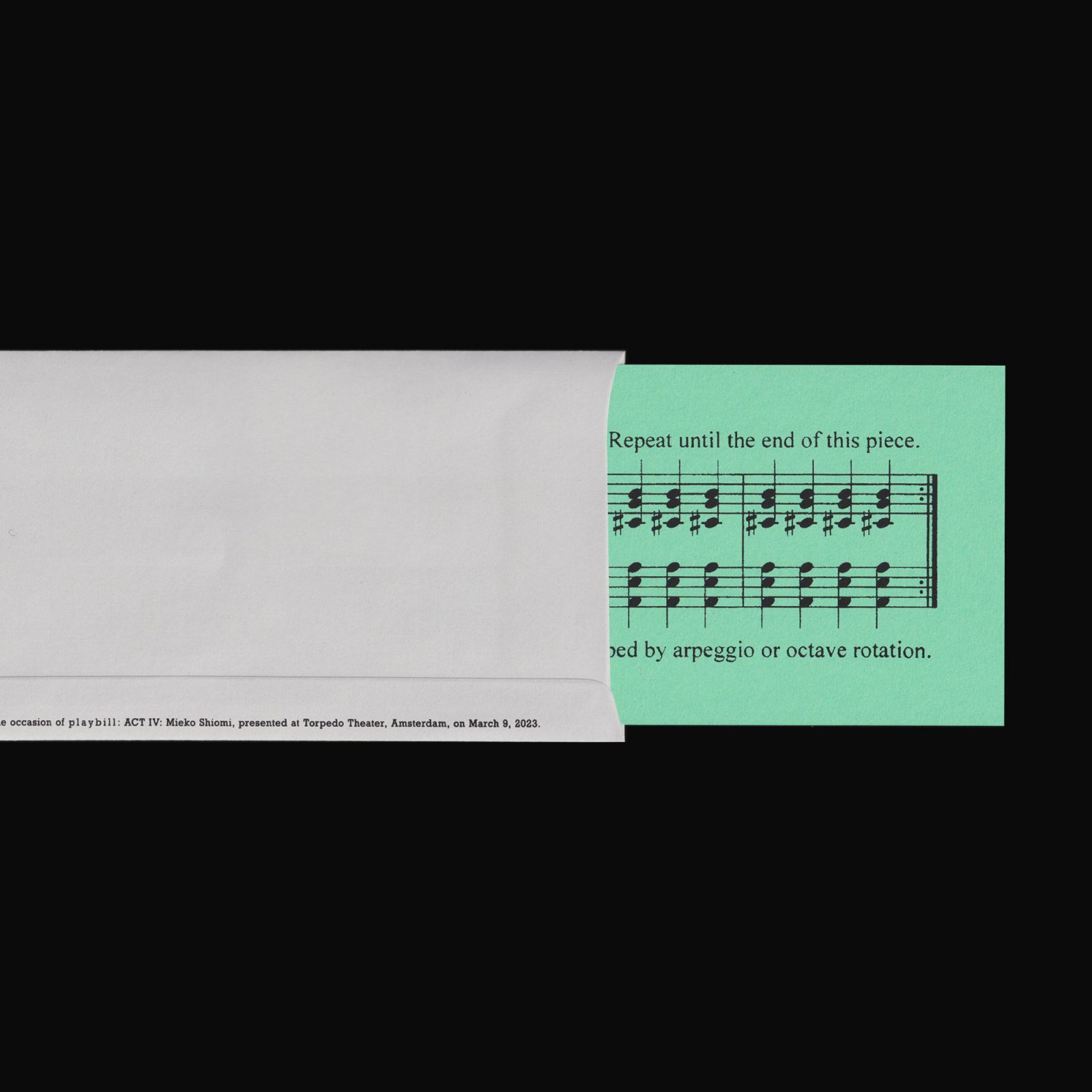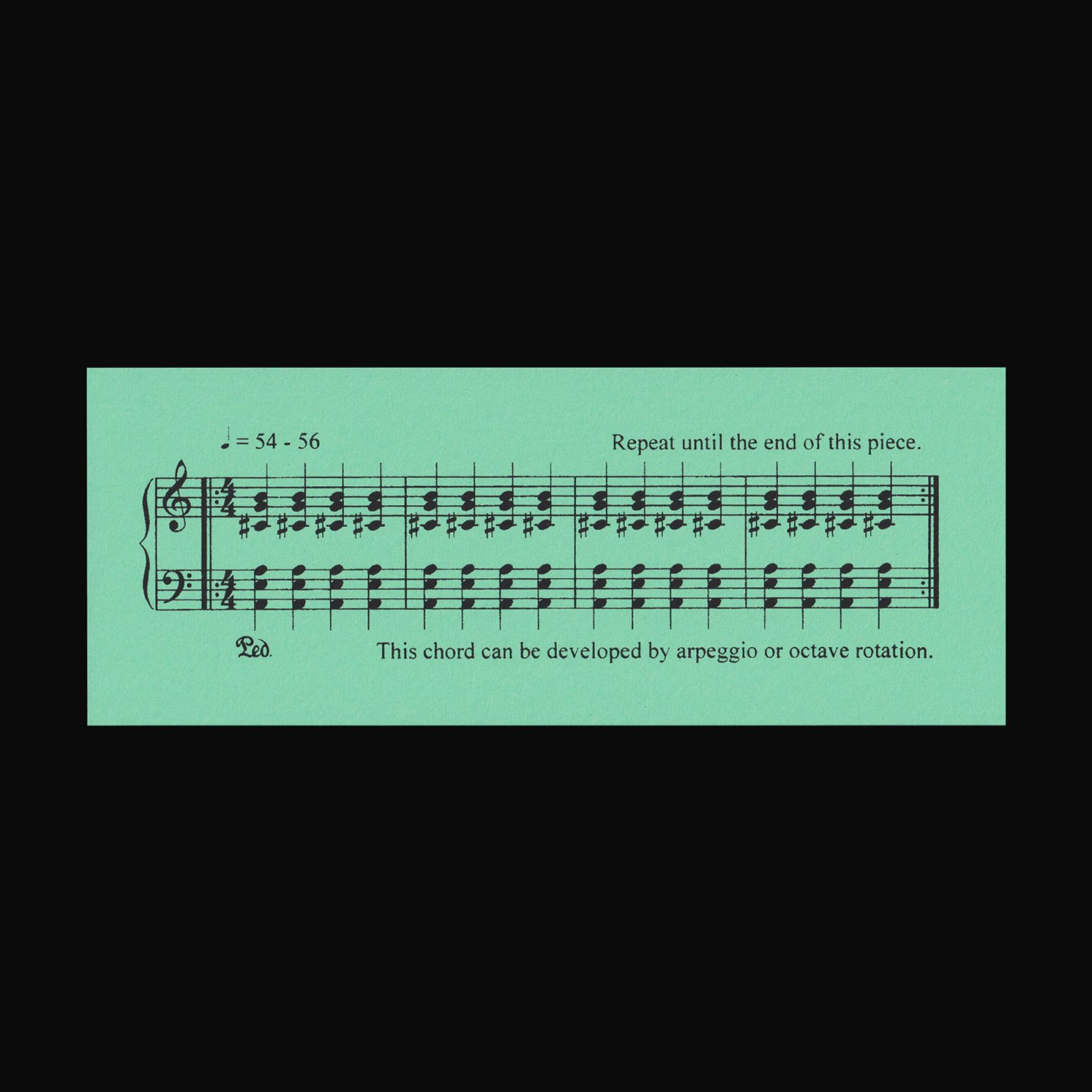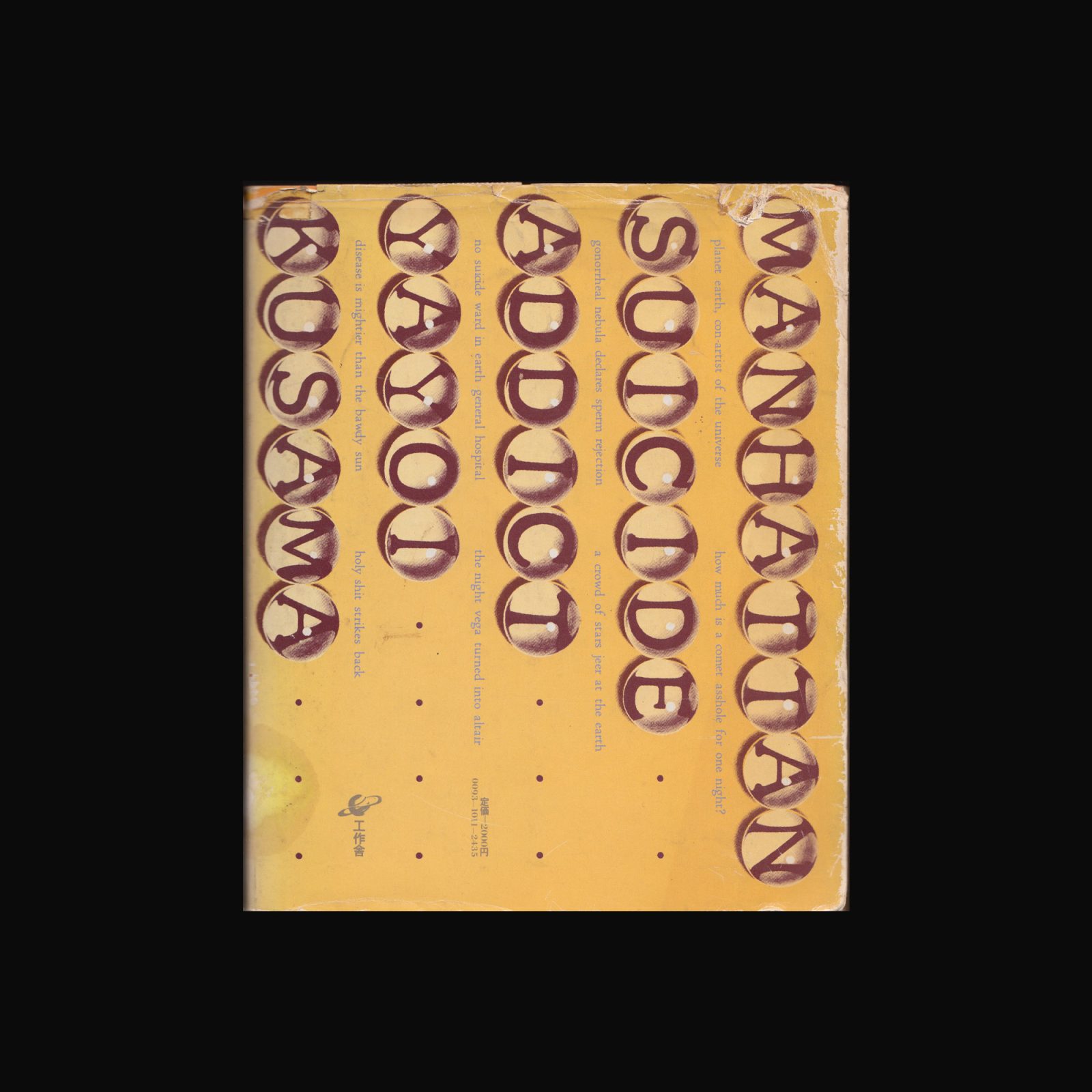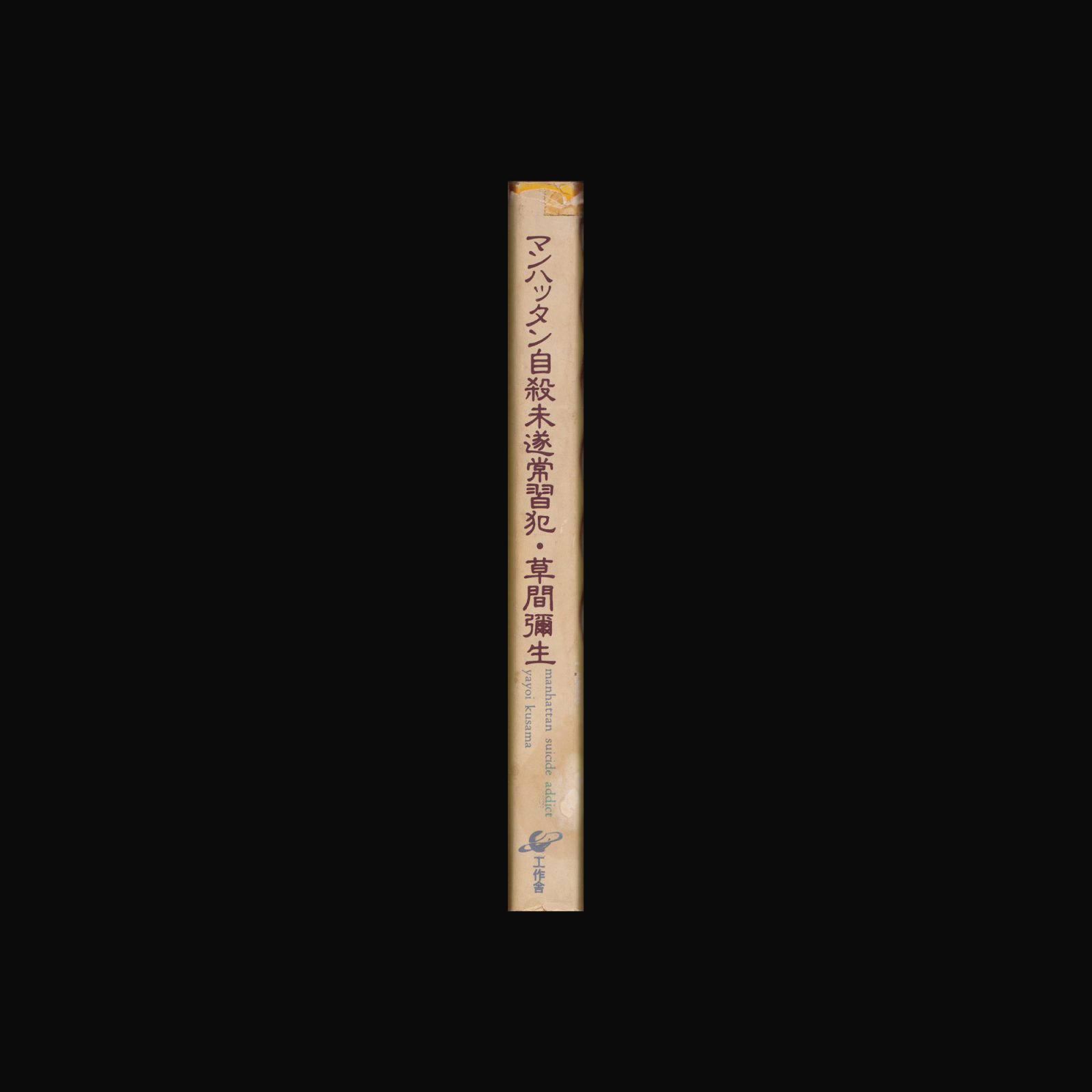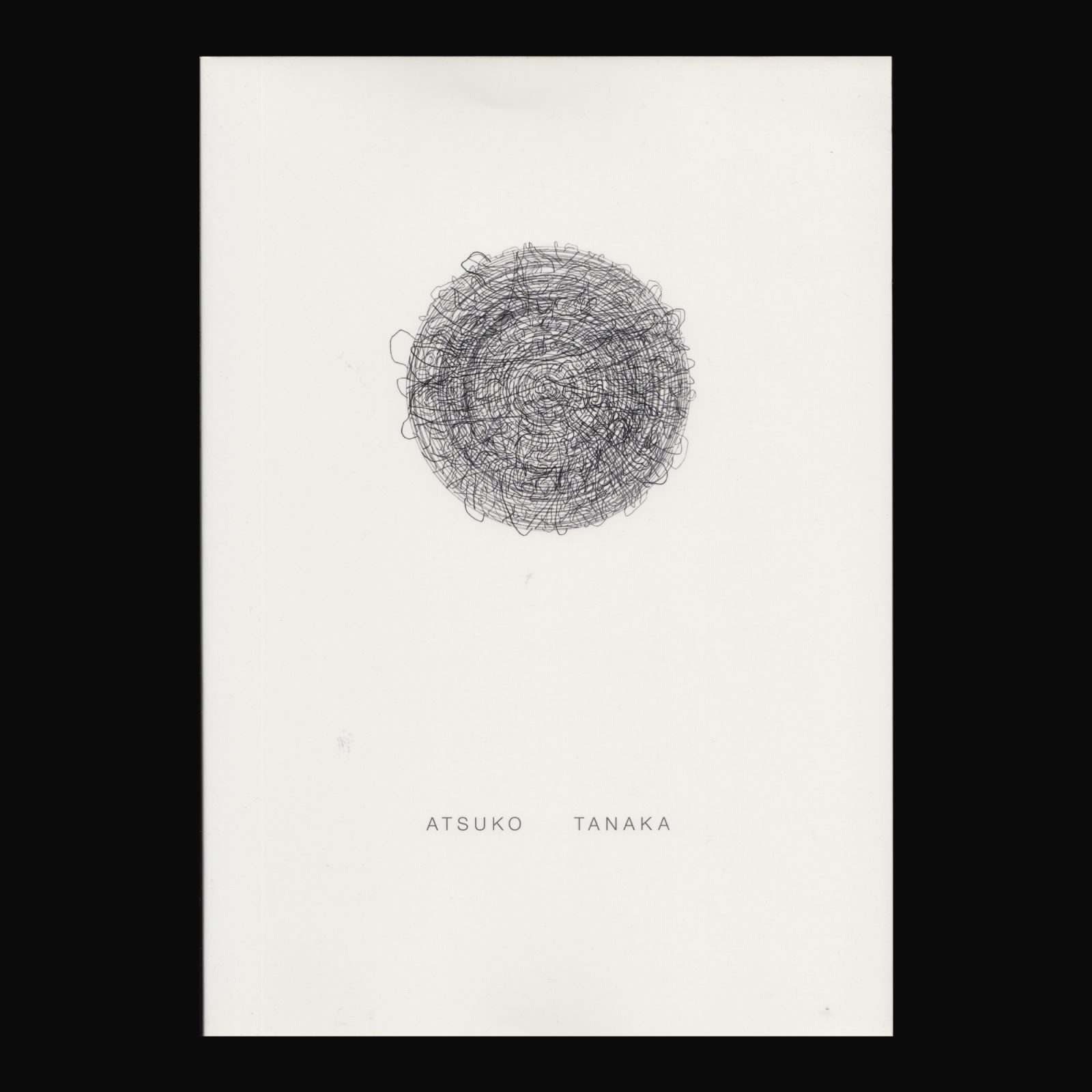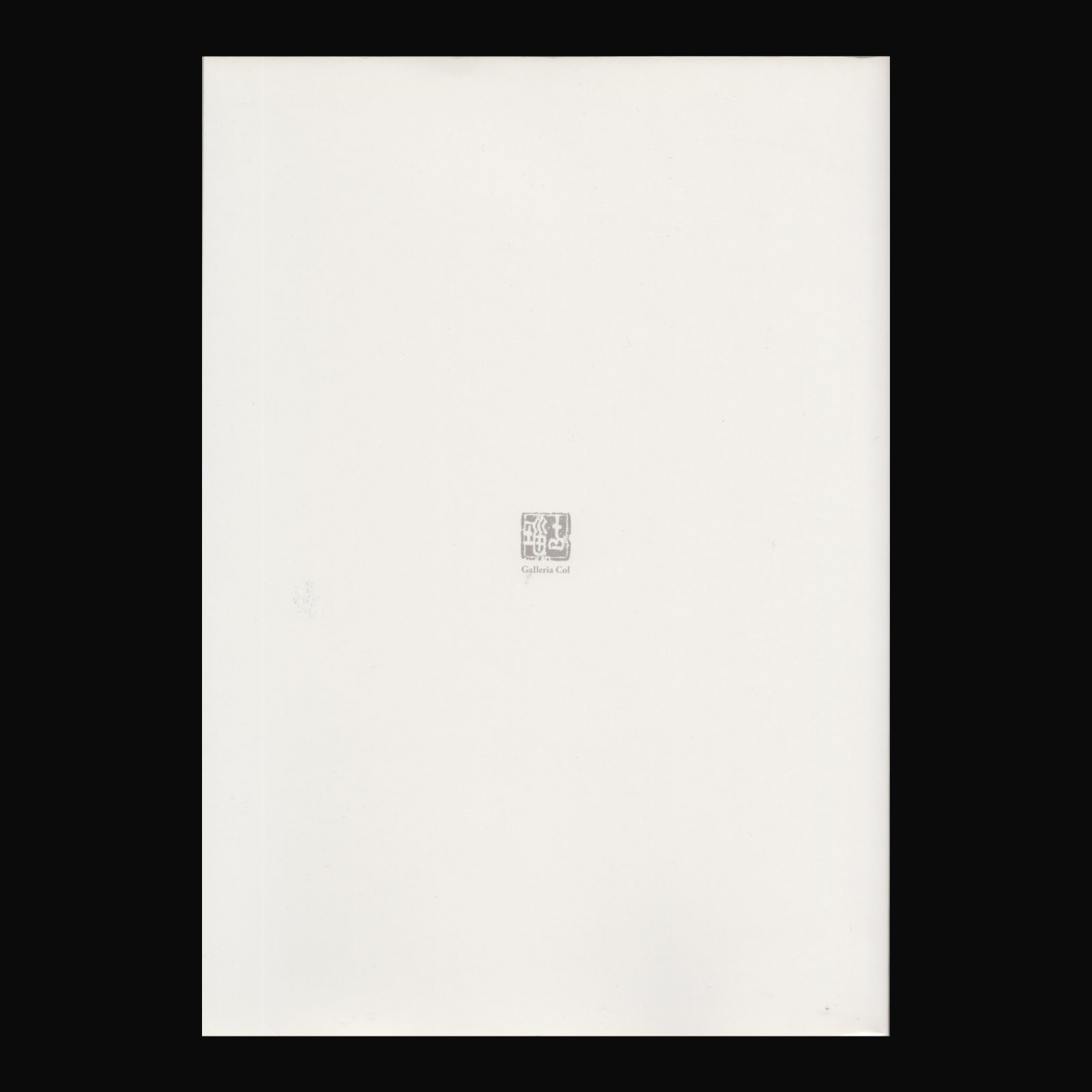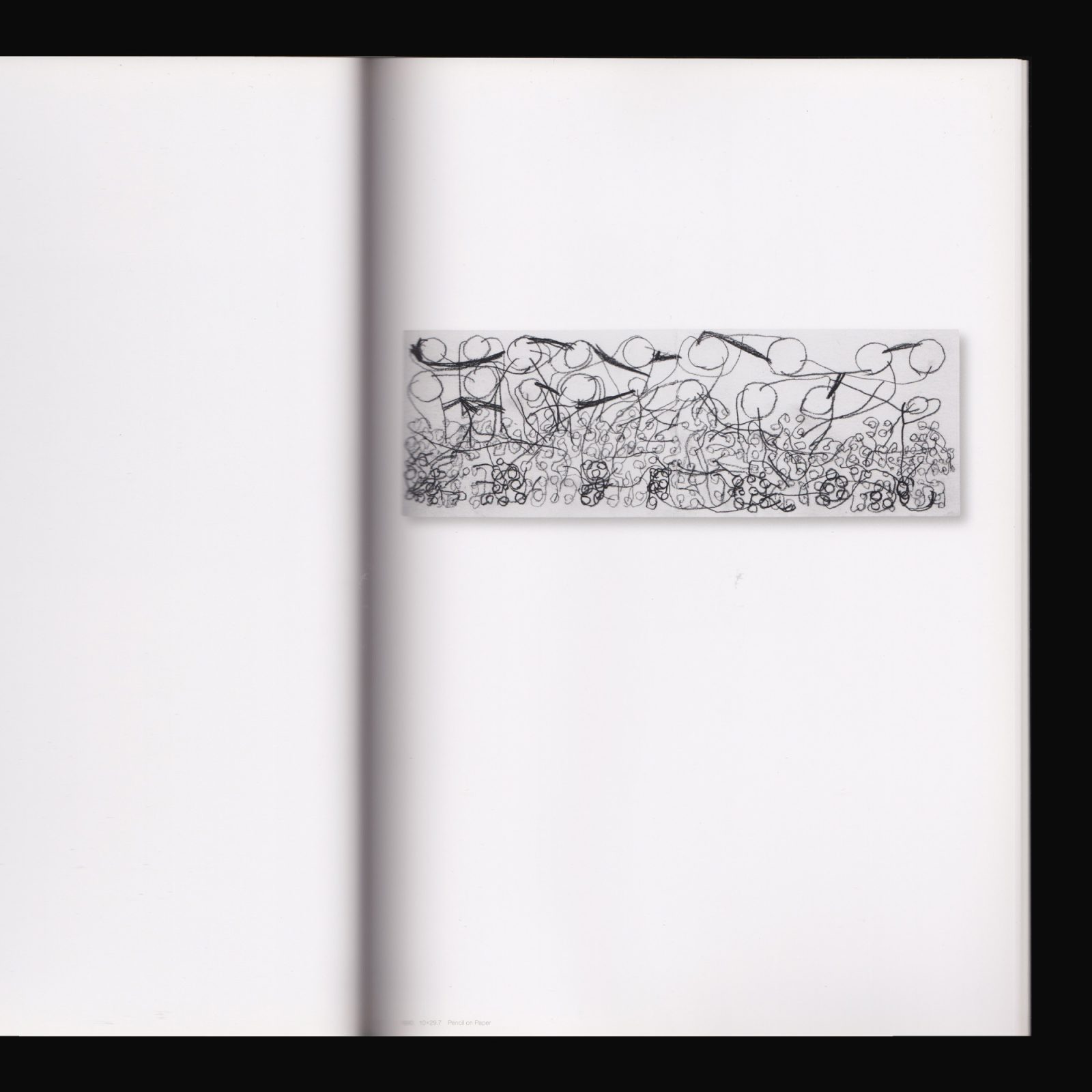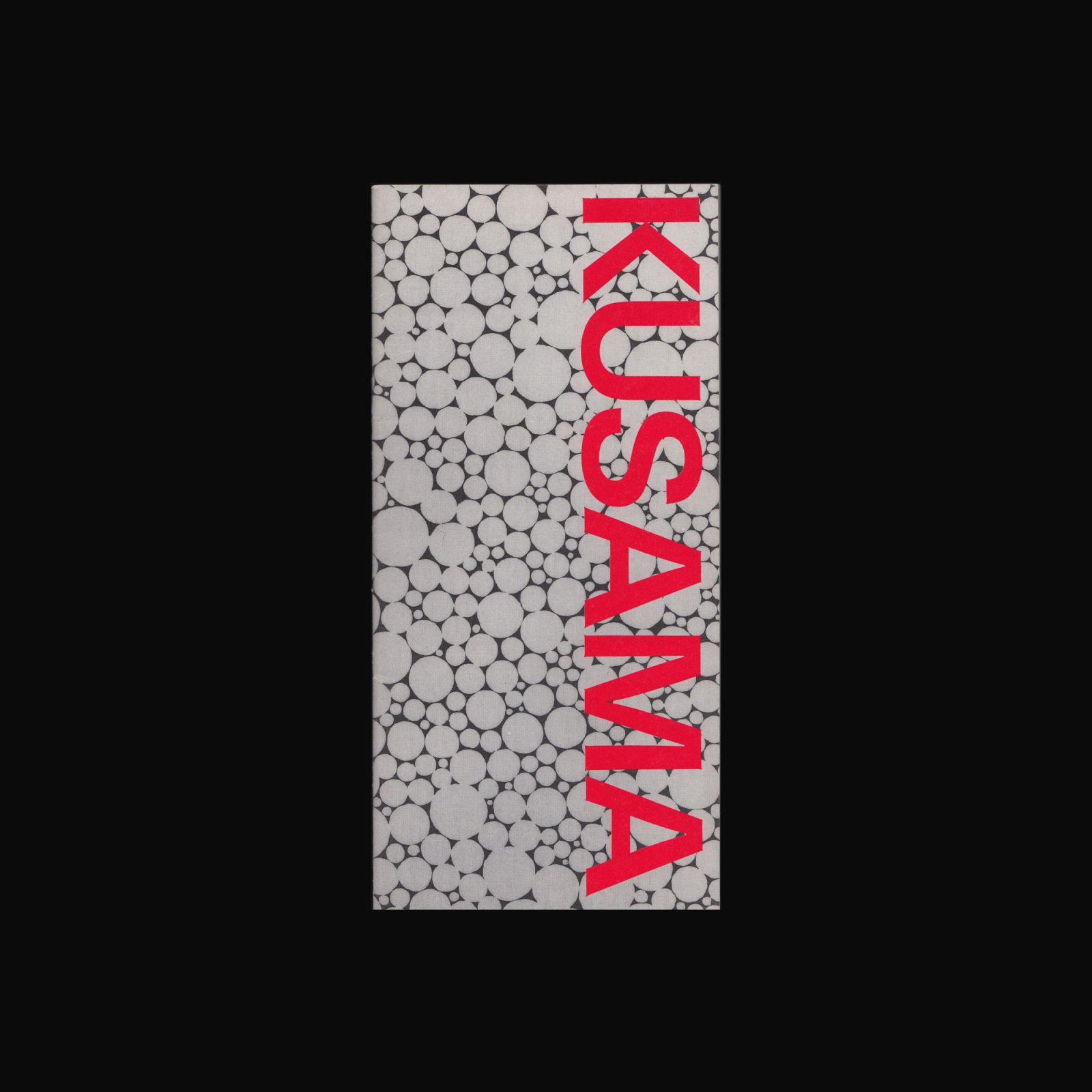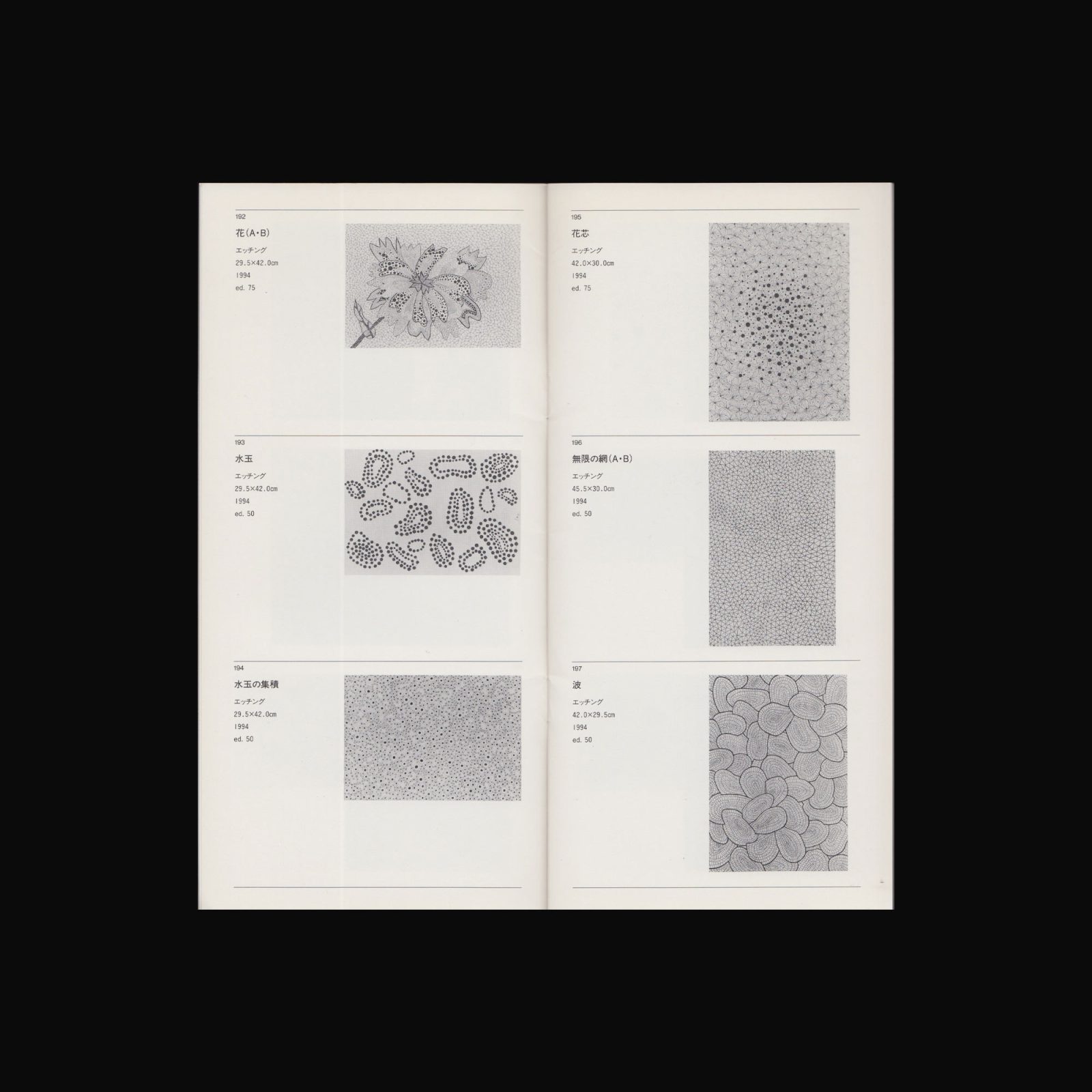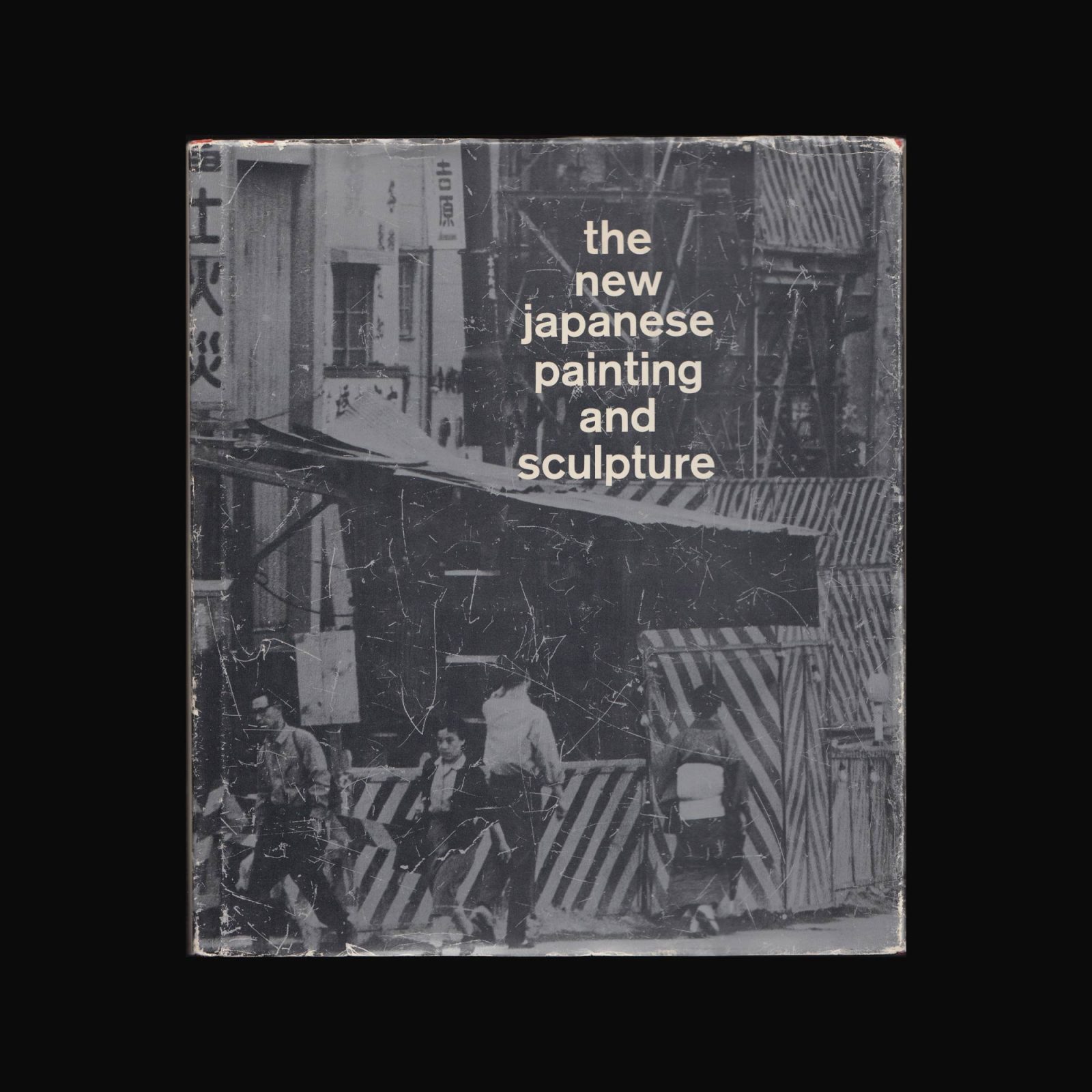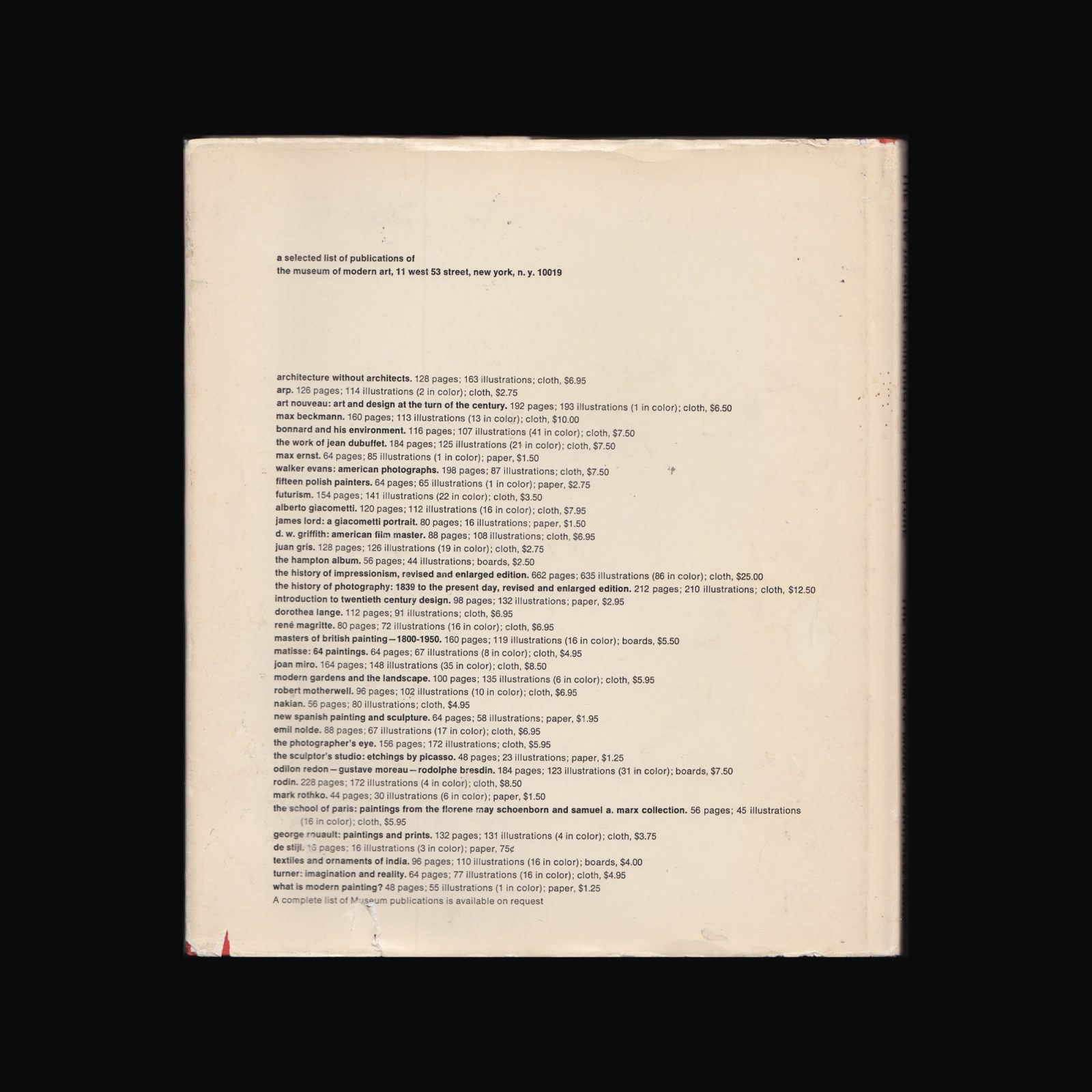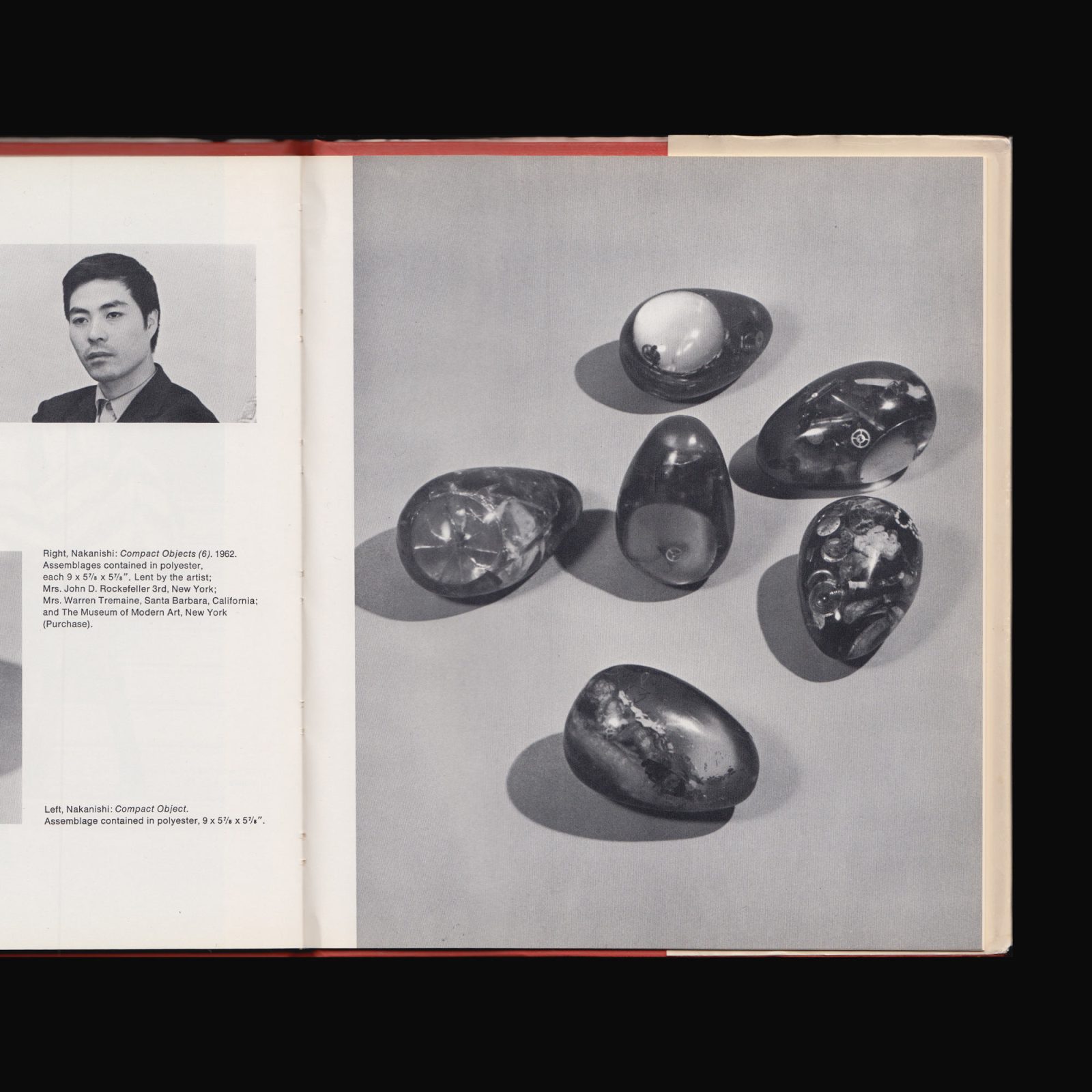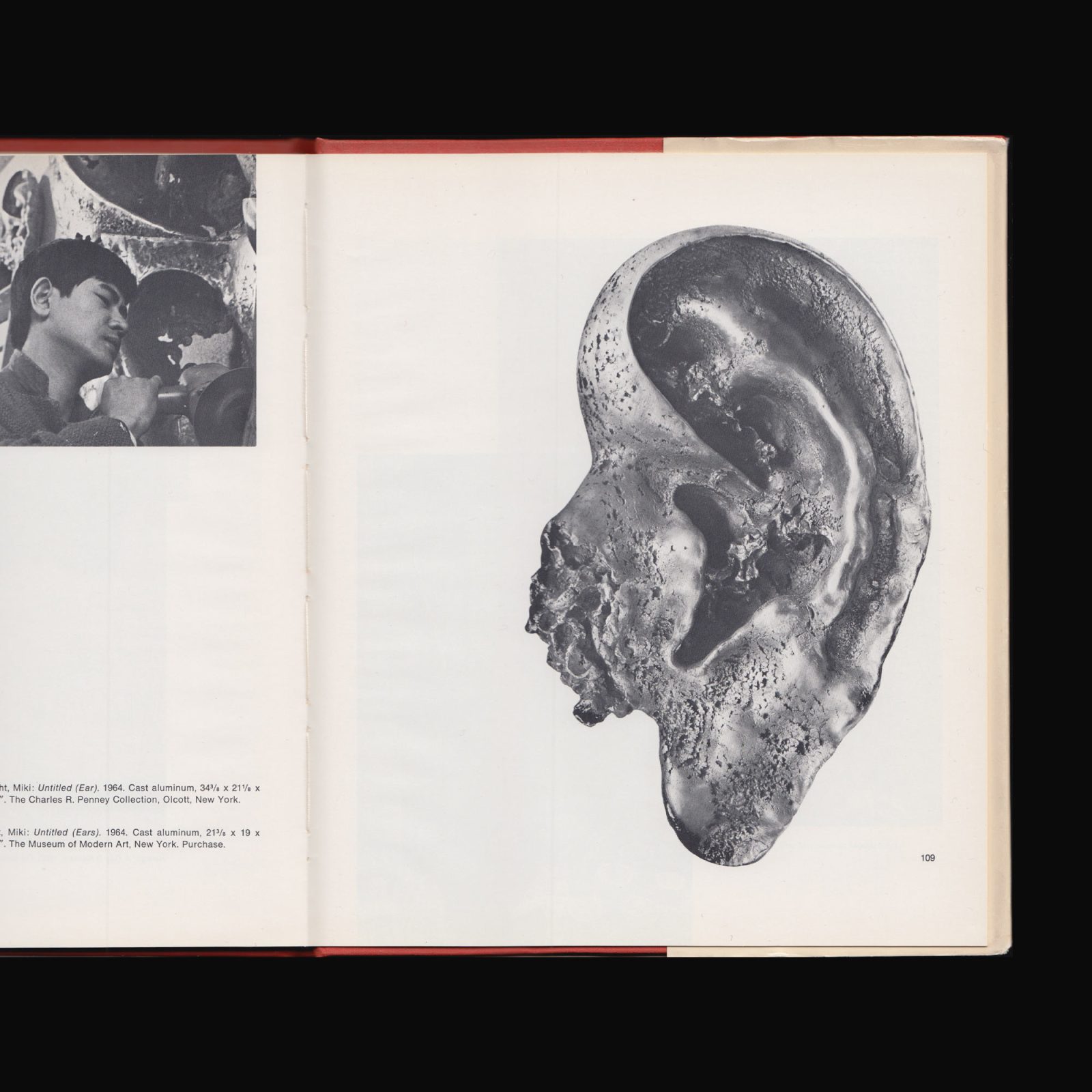Programme produced on the occasion of Playbill Act IV: Mieko Shiomi at Torpedo Theatre, Amsterdam March 9, 2023.
Mieko Shiomi is most-known for her substantial contribution to the Fluxus movement, where her investigations into the nature and limits of sound, music and auditory experience began as a student in Tokyo in the late 1950s, during which time she co-founded the seminal postwar Japanese experimental music collective Group Ongaku.
Central to Shiomi’s body of work is the creation of Fluxus editions—printed matter often taking the form of instruction cards and action invitations—and events, for which she gained most recognition in 1960s and 70s after relocating temporarily to New York in 1964 on the invitation of George Maciunas. During this time she began scoring ‘action poems,’ most notably Spatial Poem (1965), whereby she removed musical notation from the score entirely, instead favouring verbal instructions that were to be interpreted by the performer.
Designed by Maud Vervenne.
